Environmental Science and Engineering
Solar energy tapped for clean water
A 3D solar-steam generator design squeezes every last drop of energy from sunlight to produce fresh water.
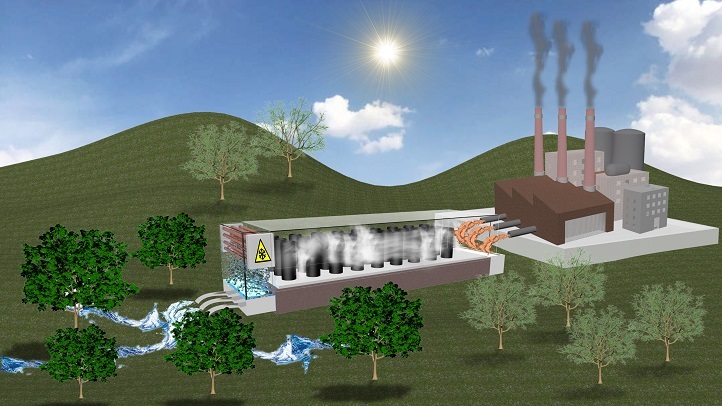
Purifying water to make it clean enough to drink takes a lot of energy. A KAUST team has found a way to efficiently produce clean fresh water using the energy in sunlight. The 3D solar-steam generator, which works with near-perfect energy efficiency, could be used as an environmentally friendly way to turn seawater into drinking water, as well as to clean wastewater.
Key to the solar-steam generator is a photothermal material that soaks up sunlight and converts the captured energy into heat. When placed on a wet surface, water drawn into the hot photothermal material turns to steam, which can be captured as pure water.
Making photothermal materials that capture the entire spectrum of energy in sunlight has been the recent research focus of Peng Wang from KAUST. Dark-colored materials called mixed- metal oxides have proven to be robust and effective photothermal substances.
Until now, Wang and his team made solar-steam generators using flat photothermal sheets. “Our previous work pushed the energy efficiency of planar photothermal materials close to their theoretical limit,” says Wang. Going 3D was the logical next step, he says.

The 3D cup-shaped photothermal material recaptured lost energy via its walls, boosting overall energy efficiency to nearly 100 percent.
Reproduced with permission from reference 1 © 2018 Elsevier
Wang’s 2D materials were losing energy via two main mechanisms: reflection of the incoming sunlight and thermal radiation shed from the hot material into the surroundings. Wang overcame these losses by making 3D cup-shaped photothermal structures. The wall of the cup recaptured virtually all of the energy that was being lost through these two routes.
In fact, rather than losing energy to the surrounding environment, the cup was able to harvest extra energy from it. Using infrared imaging to measure the cup’s temperature, the team showed that although the bottom of the cup gets hot in sunlight, rapid water evaporation from the wall of the cup carries heat away, so the cup’s wall is cooler than its surroundings. The wall therefore draws in heat from the ambient air around it—an additional energy source on top of the solar energy. “This led to our record high water-evaporation rate,” says Wang.
The team’s first solar-steam generator, reported in 2015, had a solar-to-water-evaporation energy efficiency of 56 percent. “In this work we achieved near-100-percent efficiency,” he says.
The team’s next step will be to test the device with real water samples and its ability to deal with salt and biological fouling before they work on scaling up the process.
References
-
Shi, Y., Li, R., Jin, Y., Zhuo, S., Shi, L. Chang, J., Hong, S., Ng, K-C & Wang, P. A 3D photothermal structure towards improved energy efficiency in solar steam generation. Joule 6, 1171-1186 (2018).| article
You might also like

Environmental Science and Engineering
Combat climate change by eliminating easy targets
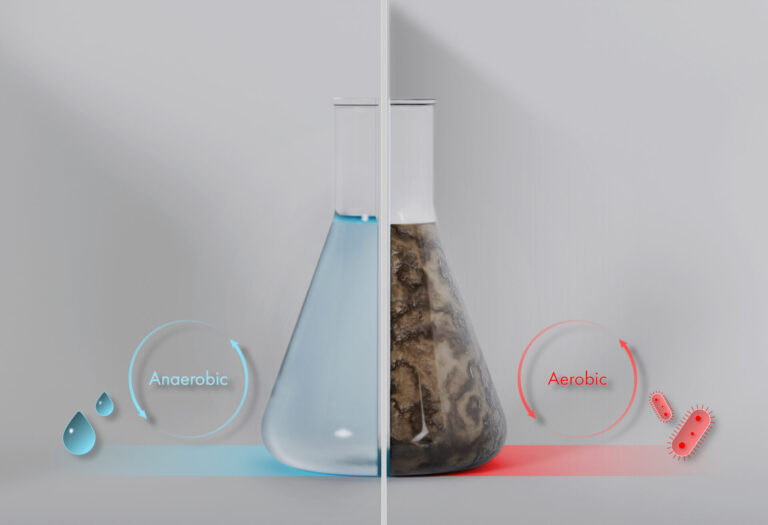
Environmental Science and Engineering
Wastewater treatment to fight the spread of antibiotic resistance
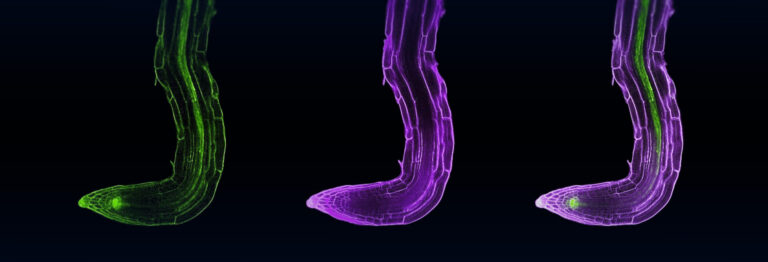
Bioscience
Digging into the world of plant-growth-promoting microbes

Bioscience
Unique microbiome discovered in mountain streams

Chemical Engineering
Unveiling the role of biomass-burning aerosols in atmospheric reactions
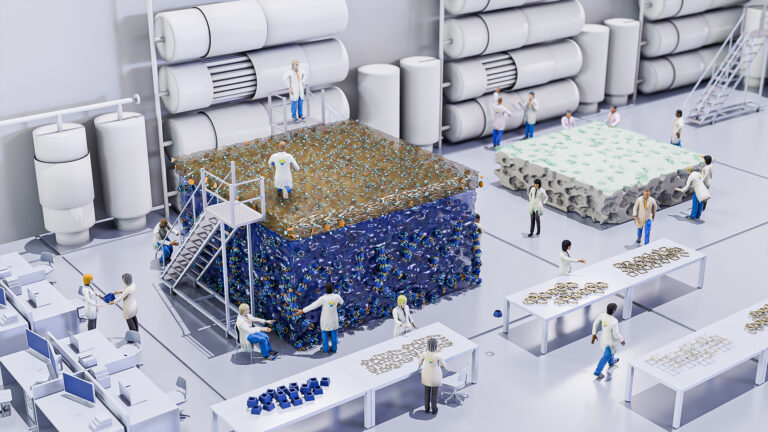
Chemical Engineering
Precision separations with perfect pores

Environmental Science and Engineering
Practical support for building sustainability into our cities
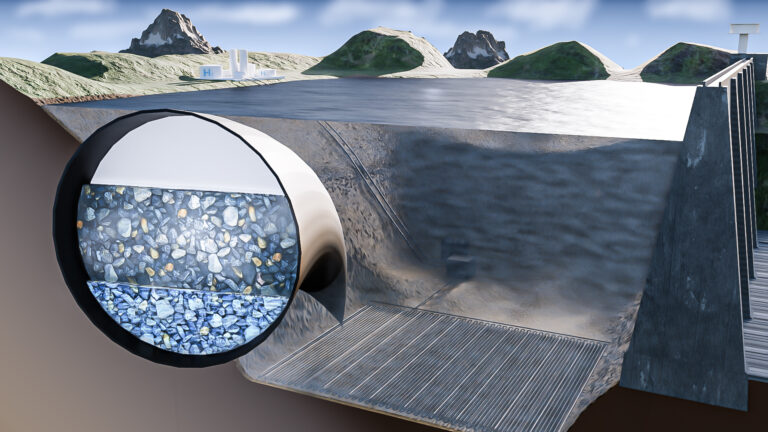
Environmental Science and Engineering




